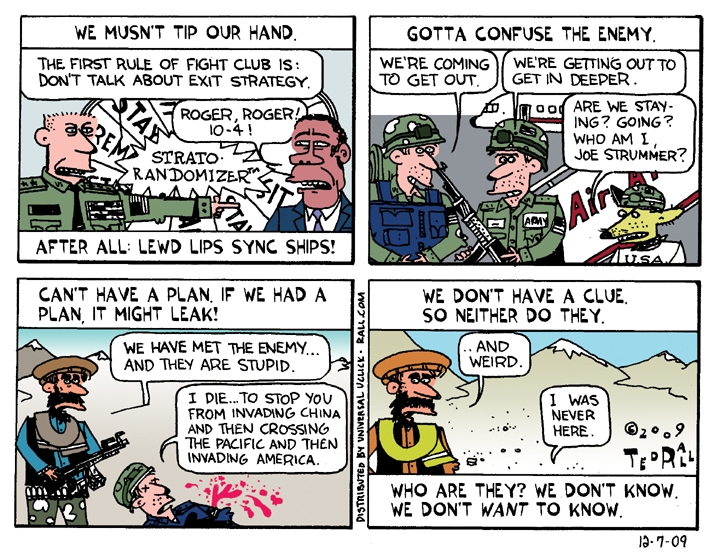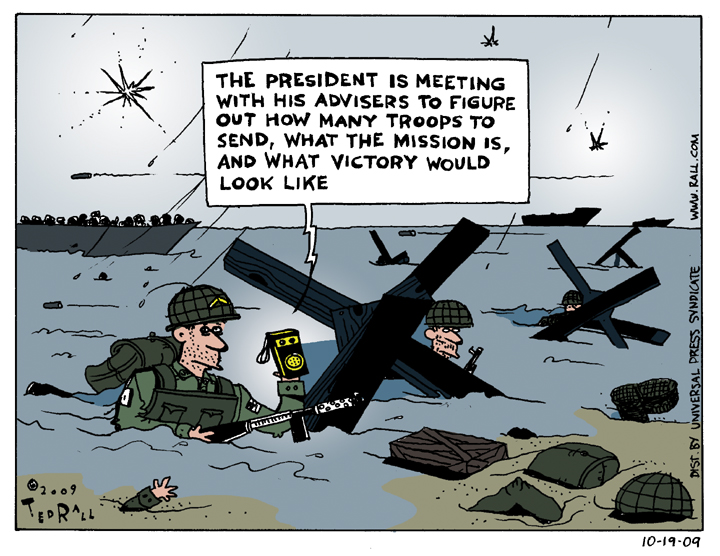
Supporters of Israel, who are mostly on the Right, believe the Israeli government’s official story, which is that the Jewish state’s bombing campaign and ground invasion of Gaza has one objective: deposing Hamas so its fighters and government no longer pose a threat. According to this narrative, Palestinian civilian deaths are unavoidable collateral damage in a densely-populated urban environment.
Those who are not siloed into Team Politics on the conflict, like human rights groups, are convinced that the bombing is indiscriminate—that Israel is bombing willy-nilly because they’re reacting with blind rage to Hamas’ October 7th attack.
Supporters of Palestine, mostly on the Left, think that Israel is actively targeting civilians in a gleeful bloodthirsty campaign of genocide, trying to massacre as many innocents as possible.
They are all wrong.
Israel isn’t trying to kill people.
It’s trying to kill buildings.
People die when buildings get bombed. But killing people is not the Israelis’ goal. They’re out to flatten Gaza. Flattening some Gazans is a side effect of flattening buildings.
Most species don’t go extinct after being hunted to death. Their habitat is destroyed.
Israel’s war aim in Gaza, I believe, is to destroy so many apartment buildings and shops and schools and hospitals and other infrastructure that the territory becomes uninhabitable.
The IDF may already have accomplished that. According to the UN, 45% of the housing stock in the Gaza Strip has been destroyed. 1.5 million out of a total population of 2.3 million are “internally displaced,” i.e. homeless and living on the streets. Only one out of the 18 hospitals in northern Gaza, until six weeks ago the Strip’s most populous area, is still functioning. Four weeks into the war, 61% of all employment in Gaza was gone—this in a previously impoverished place with sky-high unemployment.
Imagine if the protesters calling for a ceasefire got their way. That a permanent ceasefire took effect tomorrow. Imagine that the war came to an end, that Israel told the residents of Gaza that they could safely return home.
Return to what?
Half the population has no home to return to. (That number increases with each Israeli bomb.) Upon returning to their homes, many of them damaged, the other half would have no water or electricity or fuel or telephone or Internet service, no shops or stores to buy food or clothing or anything else, no income and therefore no money to buy it with, no school to send their kids to, no hospital to treat them when they fell sick or were injured.
A New York Times reporter, who described himself as “stunned” and who had lived in Gaza before the latest war described “a landscape so disfigured by 42 days of airstrikes and nearly three weeks of ground warfare that it was hard at times to understand where we were.”
David Ignatius of The Washington Post reports that northern Gaza “has been reduced to a skeleton. Standing on Salah al-Din Street in Gaza City a week ago, I saw shattered buildings in every direction.” It will be impossible for anyone to live in such a disaster zone. It’s not like Israel or the Saudis or anyone else will rush in to clean up the mess.
Anti-Zionist leftists think Israel is planning Nakba 2.0, a forced removal of the Palestinian population from Gaza in which the IDF would truck or march them out at gunpoint. Hot-headed Israeli politicians have fed that theory. So has a leaked internal Israeli government memorandum that touts “a unique and rare opportunity to evacuate the whole Gaza Strip in co-ordination with the Egyptian government.” In a replay of 1948, the Israeli government refuses to guarantee a “right to return” home after the conclusion of military operations.
All this adds up to an inescapable conclusion: after the Gaza Strip has been ethnically cleansed of its Palestinian population, Israel will annex it.
While annexation is certainly the objective, I don’t believe the Israelis intend to murder all the Palestinians or expel them into the desert by force. Israel is already facing severe international opprobrium; such a radical move would turn it into a pariah state. Even the U.S. would sever ties.
Israel has something else in mind: Palestinians will leave Gaza of their own accord.
The Gaza Strip is now an unlivable hellscape filled with piles of rubble covering thousands of dead bodies. Rotting bodies hasten the transmission of nasty diseases like tuberculosis and cholera. According to Euro-Med Monitor, contact with dead bodies leaking feces, soiled clothing, and contaminated tools or vehicles can spread hepatitis, tuberculosis, and HIV, and ruin ground water supplies. Birds, rodents and insects eat bodies and spread other diseases, including malaria.
War keeps killing people years after “peace” returns. Rubble is dangerous. Bombs and unexploded ordnance must be professionally cleared away, a process that takes years, even decades.
Shortly after October 7th, the IDF dropped flyers over northern Gaza ordering the population to evacuate south, into a “safe zone.” Most people complied. The IDF now controls the north.
Now a second round of leaflets is falling on eastern Khan Younis, the biggest city in southern Gaza, ordering people to flee from the southeast to the southwest in preparation for IDF carpet-bombing there as well.
A glance at a map reveals what the Israelis are up to: they are herding the Palestinians southwest.
What’s southwest? The Rafah border crossing into Egypt.
Once the Gazan refugees are massed against the gates of Rafah, Israel will open the border. Palestinians will stream into and across the Sinai Peninsula in search of villages, towns and cities where they might have some sort of future.
President Abdel Fattah al-Sisi sees the near future. “What is happening now in Gaza is an attempt to force civilian residents to take refuge and migrate to Egypt, which should not be accepted,” Sisi complains. But he can’t do anything to prevent it.
Such an eventuality would mean “that we move the idea of resistance, of combat, from the Gaza Strip to Sinai, and so Sinai would become the base for launching operations against Israel,” Sisi warns in a message that implies he sees the Palestinianization of the Sinai as inevitable.
If Sisi’s prediction comes true, it will be a huge win for Israel. Most importantly, Israel would annex Gaza. They’d clean up the debris, cart away the rubble, and transform Gaza into luxurious seaside resorts and vacation homes. If and when the re-displaced Gazans eventually manage to reconstitute themselves enough to once again launch airstrikes into Israel, rockets from Hamas (or whatever new organization will replace it) would be farther away from major Israeli population centers.
Forcing the population of Gaza to flee by destroying the territory’s infrastructure is the war crime of ethnic cleansing, defined in a UN report on the collapse of Yugoslavia as “rendering an area ethnically homogeneous by using force or intimidation to remove persons of given groups from the area.”
An indigenous resistance organization embedded into a civilian population like Hamas cannot be bombed into oblivion; the U.S. experience against the Taliban demonstrates that indiscriminate military action only increases support for your enemy. The IDF is aware of this; their U.S. allies keep reminding them of America’s failed counterterrorism operations after 9/11. Israel is far too aware of its dependence on U.S. political and financial support to think about killing all 2.3 million Gazan Palestinians—which, besides, would also disgust and alienate most Israeli citizens, no matter how enraged they are at Hamas.
Ethnic cleansing with the goal of annexing Gaza is the only plausible explanation for Israel’s behavior since October 7th.
Israel is willing to kill the people. But they’re really out to kill the buildings.
(Ted Rall (Twitter: @tedrall), the political cartoonist, columnist and graphic novelist, co-hosts the left-vs-right DMZ America podcast with fellow cartoonist Scott Stantis. You can support Ted’s hard-hitting political cartoons and columns and see his work first by sponsoring his work on Patreon.)



